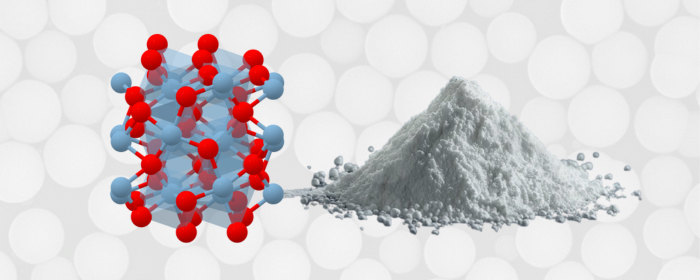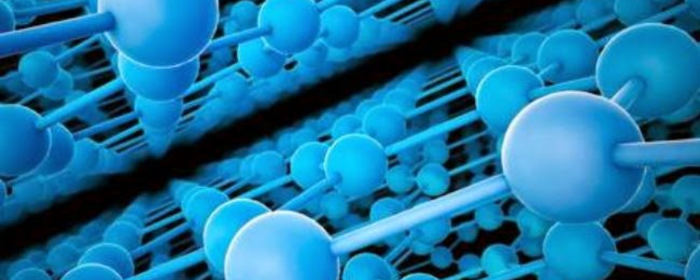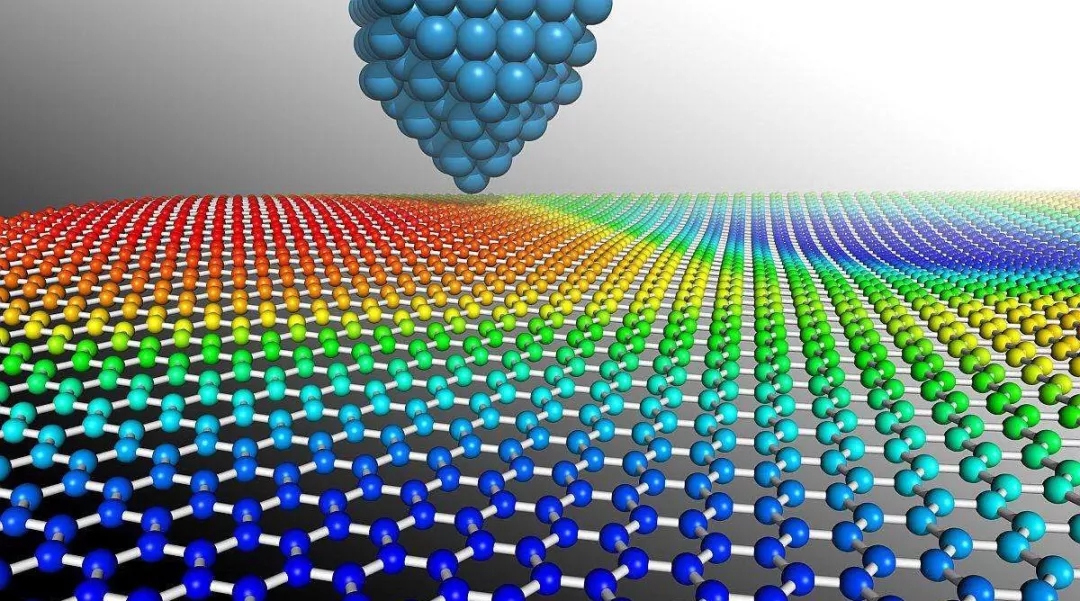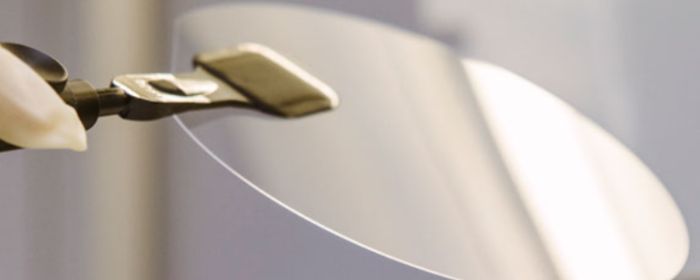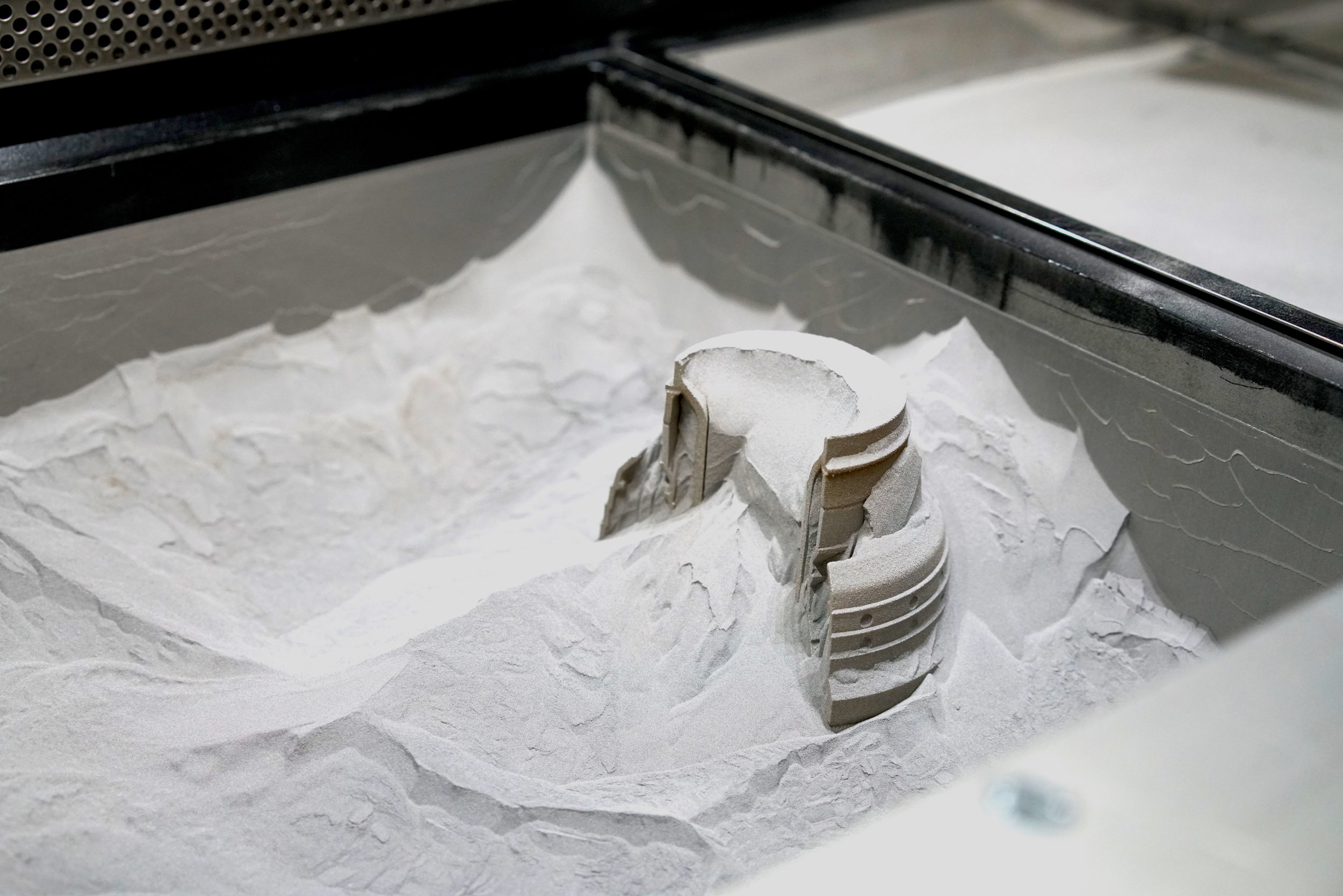

Nickel-based powders are among the most commonly used metal powders in 3D printing. Among them, Inconel 718 and 625 are classical nickel-based high-temperature alloy powders. Both of them possess excellent corrosion resistance and high-temperature performance and are widely applied in the 3D printing industry. So, what are the differences between these two materials? How can you choose the most economical material for 3D printing?
Although Inconel 718 and Inconel 625 powders are both nickel-chromium alloy powders, large differences in composition ratios exist. Table 1 below lists the composition of the regular powders.
Table 1: Composition of Inconel 718 and Inconel 625
|
Element |
Inconel 718 |
Inconel 625 |
|
Ni (Nickel) |
50-55% |
≥58% |
|
Cr (Chromium) |
17-21% |
20-23% |
|
Fe (Iron) |
Balance (~15-20%) |
≤5% |
|
Mo (Molybdenum) |
2.8-3.3% |
8-10% |
|
Nb (Niobium) |
4.75-5.5% |
3.15-4.15% |
|
Ti (Titanium) |
0.65-1.15% |
≤0.4% |
|
Al (Aluminum) |
0.2-0.8% |
≤0.4% |
|
Co (Cobalt) |
≤1% |
≤1% |
|
C (Carbon) |
≤0.08% |
≤0.1% |
* The table above displays the chemical composition of conventional Inconel alloy powders. Products from different brands may vary; for example, SAM offers high-purity Spherical Inconel 625 powder with lower iron content.
Inconel 625 powder has a higher nickel content (≥58%), which enhances its corrosion resistance. It has 20-23% chromium content, higher than Inconel 718, which further enhances its oxidation resistance and resistance to stress corrosion cracking. The much larger molybdenum content is the cause of the controlling function in Inconel 625. Molybdenum enhances the resistance of the alloy to pitting and crevice corrosion, especially in marine and chemical environments.
On the other hand, Inconel 718 has a bit lower nickel content, which equips it to exhibit good matrix stability under conditions of high temperatures. It has 17-21% chromium, which is slightly lower compared to Inconel 625 but still has better oxidation and corrosion resistance. The most distinctive characteristic of Inconel 718 is the higher niobium and titanium content. Both of these phases synergistically add by performing their role through a precipitation strengthening mechanism, significantly enhancing the high-temperature strength and creep resistance of the alloy powder.
The composition of the alloy has a direct influence on its performance. The compositional differences between Inconel 625 and Inconel 718 result in widely different performances. Simply put, Inconel 718 achieves excellent high-temperature strength and precipitation strengthening capability through higher content of niobium and titanium. Conversely, Inconel 625 employs higher content of nickel, chromium, and molybdenum to achieve solid solution strengthening and therefore exhibits better corrosion resistance in harsh corrosive environments. Due to these varying performances, their applications in 3D printing are also varied in their applications.
Inconel 718 is the most widely used nickel-based 3D printing material, especially in the aerospace sector. GE Aviation reports that 90% of metal additive manufacturing parts in their operations use Inconel 718.
Applications of Inconel 718 in Aerospace:
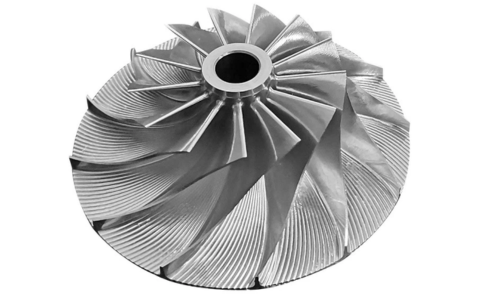
Fig 1. Inconel 718 turbine blades
Apart from aerospace, it is also used extensively in the energy sector, such as manufacturing gas turbine parts and oil drilling tools. It is used by the automotive industry for printing turbochargers and racing components. Industrially, it is used to make high-strength molds and heat-resistant mechanical parts. In medicine, it is used to make surgical equipment, but not implants in humans.
This material has its distinct advantages. It is resistant to extremely high temperatures of up to 650°C and is also harder than stainless steel. It is less prone to defects in 3D printing and is also more affordable compared to similar materials. It does not suit highly acidic environments and ultra-high-temperature applications. Its performance can be enhanced even further in the future through the use of ceramic materials.
Inconel 625 and Inconel 718 have distinct functions of application in the field of 3D printing. As a conventional material in corrosion-resistant use, Inconel 625 displays precious properties in harsh environments such as chemical and marine engineering. Unlike the applications of Inconel 718 in high-temperature load-carrying components in the aerospace sector, Inconel 625, with its outstanding corrosion resistance, becomes the material of preference in corrosive media treatment such as aggressive acids and seawater.
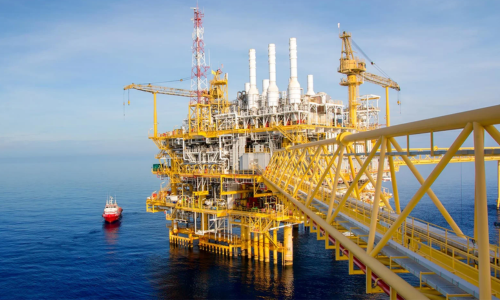
Specific Applications:
In specific applications, Inconel 625 is primarily applied in industrial environments requiring long-term corrosion resistance. Its acid resistance is utilized by the chemical industry to manufacture reactors and piping systems. On the other hand, marine engineering utilizes its salt spray resistance to manufacture components for seawater treatment. In contrast to Inconel 718, which exhibits high-temperature strength advantages below 650 °C, Inconel 625 is superior in maintaining stability in oxidative conditions below 980 °C. Such a property makes it particularly unique for applications such as nuclear power pipes in the energy sector.
It is to be noted that although both alloy powders are suitable for the aerospace sector, Inconel 625 is used more for non-load-bearing components in low-temperature regions of engines, as a complement to Inconel 718.
Both Inconel 718 and Inconel 625 are processable using Selective Laser Melting (SLM), Electron Beam Melting (EBM), and Directed Energy Deposition (DED). SLM is, however, more common for Inconel 625. The purity of the alloy powder plays a critical role in the success of 3D printing. Both require powders with high sphericity and uniform particle sizes, typically in the range of 15-45 μm. In addition, Inconel 625 should make sure that the oxygen level of the powder is below 0.1 wt% to improve print quality.
.png)
Inconel 718 requires solution and aging heat treatments to eliminate residual stresses and improve material properties. Inconel 625, however, typically requires stress annealing only, and therefore, the post-processing is simpler.
Inconel 718 is crack-sensitive and requires careful laser parameter control and preheating to reduce the risk of cracking. Inconel 625 is less crack-sensitive but more prone to porosity. This requires the optimization of print parameters and control of powder quality to make up for it.
Stanford Advanced Materials (SAM) offers powders with high purity and good sphericity, with particle size distributions of 15-45 μm, 25-45 μm, 45-106 μm, or customized sizes.
1. What are the major differences between Inconel 625 and Inconel 718 powders used in 3D printing?
Inconel 625 powder is better with regard to corrosion resistance, having a better use in marine and chemical environments. Inconel 718 powder, having higher strength and heat resistance, is better applicable to aerospace and stress components due to its precipitation-hardening nature.
2. Which one is easier to 3D print, Inconel 625 or Inconel 718?
Inconel 625 powder is less difficult to print since it is less sensitive to cracks and possesses a wider processing window. LPBF crack avoidance requires Inconel 718 to have tighter parameter control.
3. Can the two powders be utilized in high-temperature applications?
718 performs better under high-temperature mechanical stress (up to 1300°F/700°C), and Inconel 625 is oxidation-resistant but more so for corrosive environments than for heavy load-carrying.
4. Which powder is more resistant to seawater corrosion?
Inconel 625 powder provides higher resistance to seawater and chloride corrosion, so it is the better choice for marine use. Inconel 718 is more resistant to corrosion than typical steels but not as good as 625 for long-term saltwater exposure.
5. How are post-processing needs different for the two powders?
Inconel 718 will often need solution treatment and aging (STA) for maximum strength, while Inconel 625 will generally require only stress relief annealing, making post-processing easier.
6. Which of the alloy powders is less expensive to 3D print?
Inconel 625 powder is more expensive per kilogram since it has higher nickel and molybdenum contents. Inconel 718, on the other hand, may incur post-processing heat treatments with additional cost.
7. Are these powders reusable in 3D printing?
Yes, both can be recycled, but Inconel 718 powder is more prone to oxygen pickup and requires tighter sieving and mixing with fresh powder to guarantee quality.
8. How do I choose between Inconel 625 and 718 powders for my project?
Use Inconel 625 for corrosion-critical applications (e.g., chemical reactors, marine parts). Use Inconel 718 for high-stress, high-temperature applications (e.g., turbine blades, aerospace components). Consider both material properties and printability.
References:
https://www.geaerospace.com/news/articles/manufacturing-product/turn-larger-lighter-additive-parts

